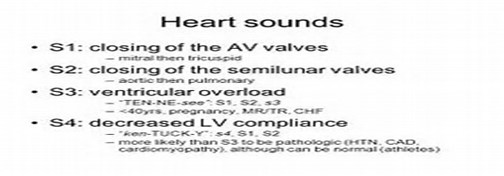A client with foul-smelling drainage from an incision on the upper left arm is admitted with a suspected methicillin-resistant Staphylococcus aureus (MRSA). Which nursing intervention(s) should the nurse include in the plan of care? (Select all that apply.)
Use standard precautions and wear a mask.
Monitor the client's white blood cell count.
Institute contact precautions for staff and visitors.
Send wound drainage for culture and sensitivity.
Explain the purpose of a low-bacteria diet.
Correct Answer : B,C,D
A) Incorrect- Standard precautions are used for all clients to prevent the spread of infections.
However, in the case of MRSA, contact precautions are needed due to the risk of direct transmission through physical contact.
B) Correct- Monitoring the white blood cell count is important to assess for signs of infection, as an elevated count might indicate an ongoing inflammatory response.
C) Correct- Foul-smelling drainage from an incision with suspected MRSA indicates a potential infection. Contact precautions are appropriate for MRSA, which include wearing gloves and gowns when entering the client's room to prevent the spread of the bacteria.
D) Correct- Sending wound drainage for culture and sensitivity helps identify the specific microorganisms causing the infection and guides appropriate antibiotic treatment.
E) Incorrect- A low-bacteria diet is not relevant to the situation. MRSA is caused by a bacterium, not by dietary factors. The focus should be on infection control measures and appropriate medical interventions.
Nursing Test Bank
Naxlex Comprehensive Predictor Exams
Related Questions
Correct Answer is B
Explanation
The client's serum potassium level is elevated at 6.0 mEq/L (6.0 mmol/L), which is above the normal reference range of 3.5 to 5.0 mEq/L (3.5 to 5.0 mmol/L).
Hyperkalemia can have significant cardiac implications, including the potential for life-threatening dysrhythmias. Therefore, close monitoring of the serum potassium level is crucial to assess the effectiveness of interventions and ensure that potassium levels are within a safe range.
While monitoring glucose levels before and after meals is important for clients receiving insulin therapy, in this scenario, the primary concern is the elevated potassium level.
The nurse should prioritize frequent assessment of the serum potassium level to guide appropriate management and prevent complications associated with hyperkalemia.
Monitoring and documenting strict intake and output are important for assessing fluid balance and renal function, but in this case, the elevated potassium level takes precedence as it poses a more immediate risk to the client's well-being.
Obtaining a 12-lead electrocardiogram (ECG) daily may be indicated in some cases of hyperkalemia, as certain ECG changes can be associated with elevated potassium levels. However, the more critical aspect is monitoring the potassium level itself, as ECG changes can occur rapidly and may not always be detectable on a daily basis.
Correct Answer is A
Explanation
An S3 heart sound can be a normal finding during pregnancy due to increased blood volume and changes in cardiac output. It is known as a physiological S3 and is considered a benign finding in the absence of other concerning symptoms or signs.
In this case, there is no immediate need for intervention or concern regarding the S3 heart sound. It is not necessary to prepare the client for an echocardiogram or limit the client's fluids based solely on the presence of an S3 heart sound in the absence of other significant symptoms or complications.

Whether you are a student looking to ace your exams or a practicing nurse seeking to enhance your expertise , our nursing education contents will empower you with the confidence and competence to make a difference in the lives of patients and become a respected leader in the healthcare field.
Visit Naxlex, invest in your future and unlock endless possibilities with our unparalleled nursing education contents today
Report Wrong Answer on the Current Question
Do you disagree with the answer? If yes, what is your expected answer? Explain.
Kindly be descriptive with the issue you are facing.
